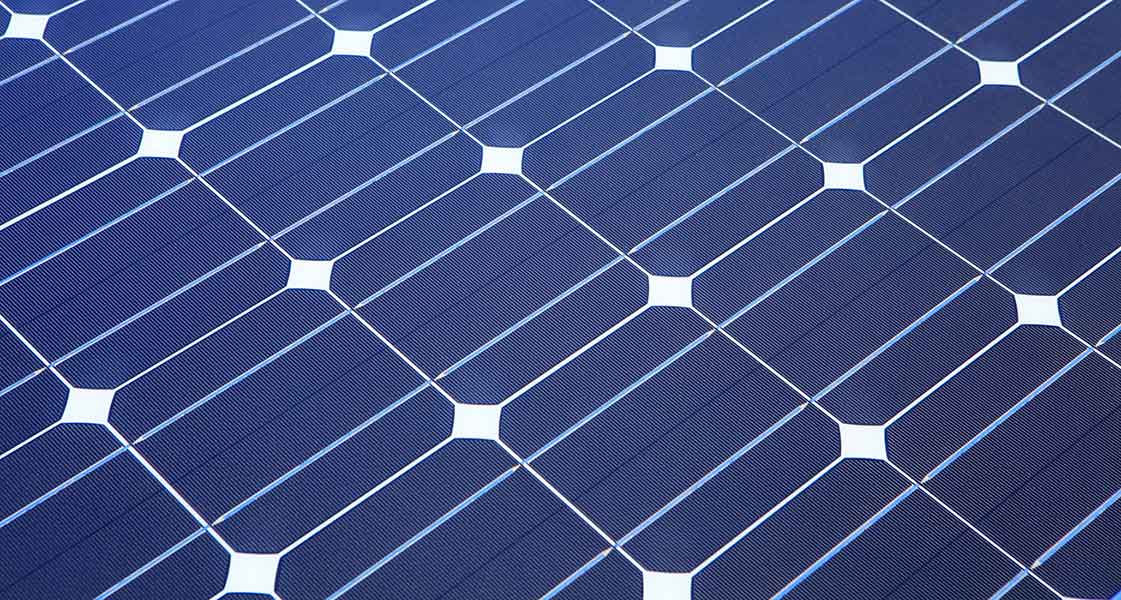Solar Power in NSW
Table of Contents
Getting solar power in NSW is a great investment.
NSW receives plenty of sunshine to generate power. As per data provided by the Clean Energy regulator on their website, about 107,468 small generation units(solar) have been installed across New South Wales (till December 31, 2021).
The number of households in NSW with rooftop solar to meet their energy requirements have increased. This is proving to be a smart decision considering the ever-increasing electricity charges. The government is also helping the homeowners by providing rebates in the form of STCs that can save them thousands of dollars on upfront investment. Every day people are planning to get a solar system installed on the roofs of their houses. With increasing competition in the solar industry, prices of solar panels are declining and their efficiency is increasing. Now, the market is flooded with a variety of solar panel and inverter options. It is becoming difficult for people to make the right decision. Well, consider yourself lucky that you have so many options to choose from, according to your requirement and budget. We are here to help you make an informed decision.
A brief background
Solarmatic, based in NSW Sydney, is a locally licensed, insured and accredited company. We are in the business of installing solar panels for more than a decade. We have done both residential and commercial solar installations.
There are some questions that come to the mind of people before getting solar. We will try our best to guide you through these.
What solar system size do I need?
Which solar panels are the best to buy?
How much do solar panels cost in NSW?
How much government rebate would I get in NSW?
How much would a 6.6 kW solar system cost?
Feed-in tarifs in NSW in 2022?
How to find the right installer in NSW?
How much does the maintenance of solar panels cost?
What size solar power system do I need?
It is very simple to calculate the approximate size of the solar system you need considering your quarterly electricity bill. Just look at the kWh’s of electricity you have consumed in the last 4 quarters and then add them up to get the yearly consumption. Now divide that figure by 365 to get daily consumption. Then look for the amount of solar power produced by one kW of solar panels installed, for example, if you live in Sydney (you can expect around 3.9 kWh of energy production per kW) and 20 kWh is your daily consumption then divide 20 by 3.9 that is 5 kW solar system. But it is valid only if you want to produce the amount of energy you consume.
But it is advisable to get an in-house assessment from a qualified professional to know the right size solar system according to your needs.
There are many factors which you need to consider while sizing your solar system. One of the crucial factors is what time of the day do you consume maximum power. Now, understand why is it an important factor. It is very important to self-consume maximum power generated by your solar system instead of feeding it into the grid for greater saving. Because the amount of electricity you export into the grid would pay you less (around 7-8 cents per kWh) compared to the amount you pay to get power from the grid (30-35 cents per kWh).
So, you can get a free no-obligation in-house assessment from locally licensed, insured and established company – Solarmatic.
Which Solar panel is the best to buy in 2022?
With a lot of solar panel options available, we understand your confusion. To help you make an informed decision, we would like you to understand the types of solar panels available. There are basically two types of panels available – Monocrystalline and polycrystalline. Thin Film Solar Panels are also there but they make up just 5% of the market and have a rare use in residential solar systems.
Know about the difference between monocrystalline and polycrystalline solar panels in detail here in this article. If you feel difficulty in understanding the technical language when you look at the specifications of solar panels then understand what those specifications mean in the simple language here.
Here are some best solar panel brands for residential installations. We advise you to go through the above articles for a better understanding of what you are buying.
1. Aleo German made solar panels.
2. REC
3. LG
4. SunPower
5. Jinko
6. Q CELLS
Click on the names to know about the company details and panel specifications.
How much do solar panels cost in NSW?
The prices of solar panels have been declined significantly over the past few years. But you should know, solar panels only makeup a partial amount of total cost of your solar PV system. A complete solar system pricing in addition to panels cost comprises mounting components, wires, cables, isolators, breakers, switches, inverter and installation cost.
Cost of solar power in NSW
A 6.6kW solar power system is the standard-sized solar system for Australian homes in Sydney. It is ideal for medium to large families. A 6.6 kW system has a price range of $5000 to $8500 after a rebate fully installed inclusive of GST.
Click here to know the details about the roof area required, inverter size, and the payback period of the 6.6 kW system.
How much government rebate would I get in NSW?
As you know, dependence on fossil fuels for power generation is affecting the environment at a global level. Governments around the globe are taking initiatives to reduce their carbon footprint and are helping their people to switch to renewable energy sources.
Australia’s federal government is also helping its people by providing generous rebates. Numerous small-scale technology certificates (STC’s) are awarded to home and small business owners who install solar panels on the roof of their properties under the Small-scale Renewable Energy Scheme. In addition to saving the environment, solar energy has other benefits too. It makes you capable of generating your own power and saves you money on your electricity bill.
The number of STCs awarded against the system depends upon its size. For every 1,000 kWh of estimated power production (from the date of installation till the end of 2030), one STC is awarded.
NSW Solar Rebate
For example – If you are living in NSW, and you want to get a 6.6kW solar power system for say, you will get around 82 STC’s in 2021 and roughly a rebate of $2900 – $3100 ( depending upon the value of STC which is variable). This is not at all bad.
Know about the solar rebates in 2021 in detail here.
Feed-in tariffs in 2022
The feed-in tariff is the fixed price which the renewable energy producers get for each unit of electricity produced and fed into the grid. The price you get per kWh varies between the retailers.
IPART sets the benchmark set each year. IPART is Independent Pricing and Regulatory Tribunal in New South Wales.
The price for 2021/22 is 4.6 to 5.5 cents per kWh
You can use the NSW Government’s free service to compare the plans and feed-in tariff offers. Click here.
Some people are confused with the terms Gross feed-in tariff and net feed-in tariff.
There are 2 types of solar feed-in tariffs – Gross feed-in tariff and net feed-in tariff.
You can get Gross feed-in tariff, if you feed all the power produced by your solar power system directly into the grid without consuming any part of it at your home. Instead, for your home electricity consumption, you are dependent on the grid. In short, you will be paid for the gross amount of power you fed into the grid and you will be charged for grid electricity consumption.
However, if the power produced by your rooftop solar power system is directed to your home meter first to meet the electrical needs of your home or property and then if more power is being produced in relation to its usage, the excess power is exported to the grid. In short, the net feed-in tariff is the difference between the power fed into the grid and the power drawn out from the grid.
How to find the right installer in NSW?
Choosing the right installer is important for a quality installation. With an increasing demand for solar energy systems and the government’s initiative to promote solar power by providing exciting rebates have flooded the market with so many solar panel companies. While most of them are the accredited ones but there are some crappy ones too who claim they are the best and try to overwhelm you with information.
Points to consider-
1. Installer must be CEC accredited installers.
2. Panels and inverters must be CEC approved.
3. Understand the Solar quotation.
4. Don’t get trapped by the Sales Tactics.
Click here to read in detail about the above points.
How much does the maintenance of solar panels cost?
You might have heard that a solar panel system doesn’t require maintenance as it doesn’t contain any moving parts that wear out with time but also don’t forget them after installation. A little care or concern is always fruitful. After all, it is a big investment so it is worth the concern.
To ensure maximum efficiency, periodic maintenance and cleaning of solar panels are important.
1. WATCH OUT FOR ANY SHADE ISSUES
2. INVERTER CONDITION AWARENESS
3. PANELS PERFORMANCE MONITORING
Many people ask how often solar panels should be cleaned. I would say it depends on the type of panels, and weather conditions. Your solar installer can guide you better in this regard. Half-yearly cleaning of panels or when dirty is considered as good.
You can perform the above task yourself, here are some tips to do the job right.
If you have a very busy schedule and you can’t spare time to clean the panels yourself then you can contact Solarmatic for solar panel cleaning. We would be happy to do the job for you. Call us on 1300 980 640 or write us on info@solarmatic.com.au for SOLAR POWER SYSTEM HEALTH CHECK & PANEL CLEANING.



